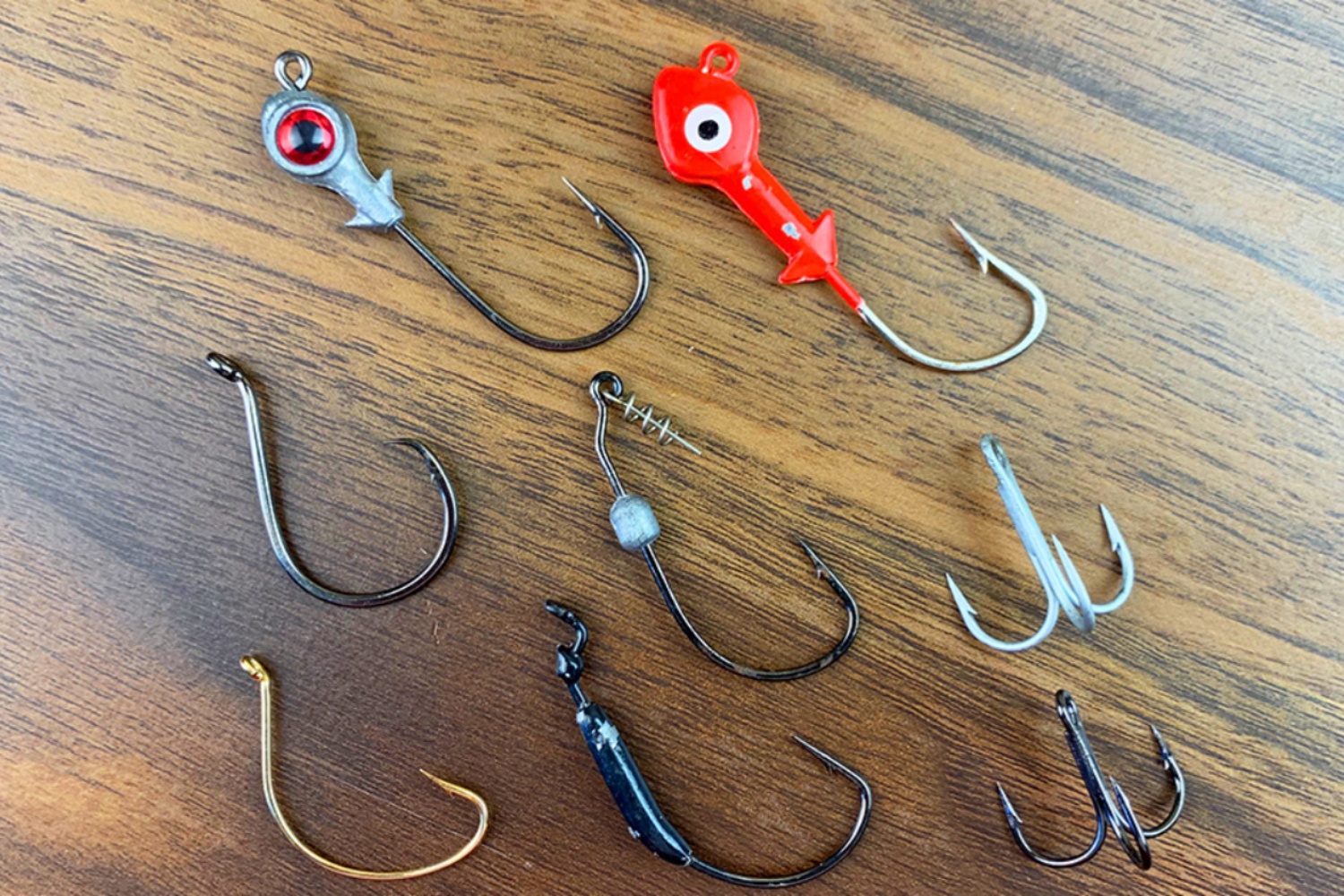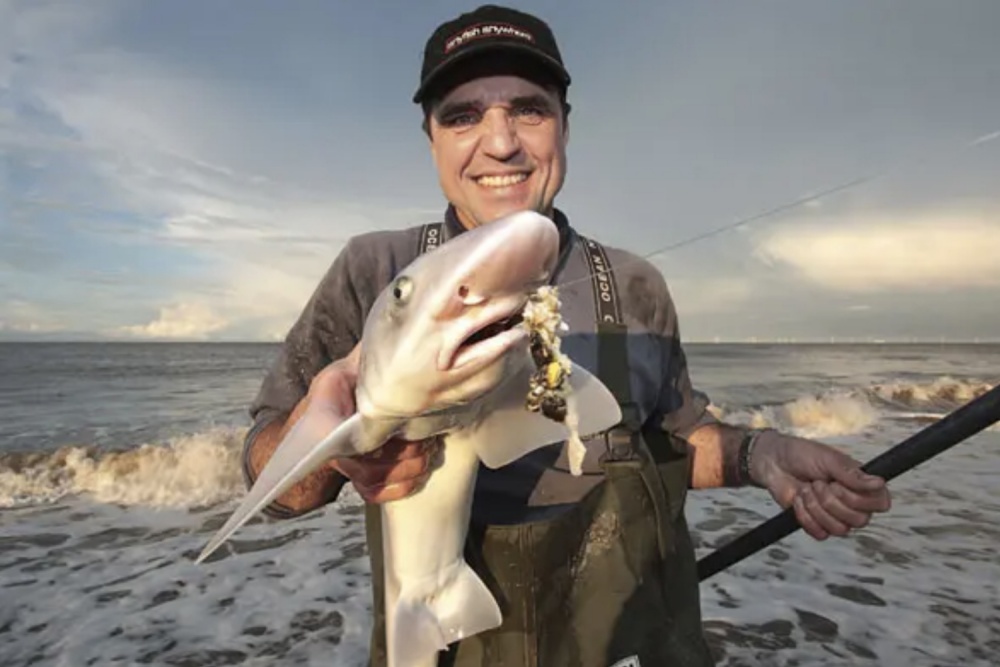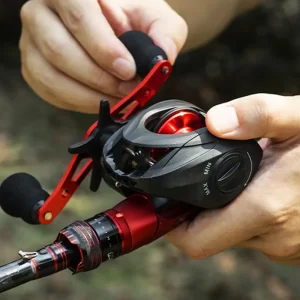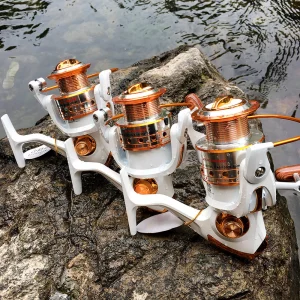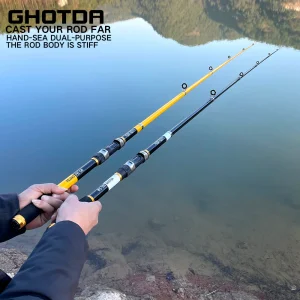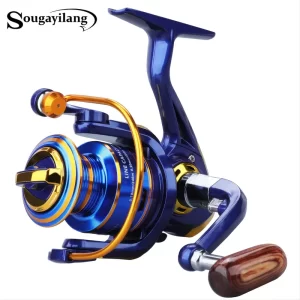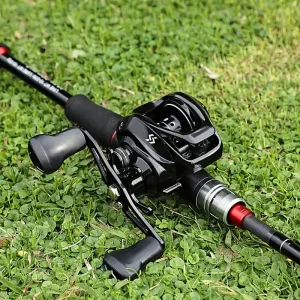Fishing hooks are not just a tool; they are the critical link between an angler and a successful catch. As small as they may seem, the right hook can make all the difference. It determines whether your fishing excursion ends in triumph or frustration. Understanding the nuances of fishing hooks is crucial for anglers seeking success. This includes knowledge about their types, sizes, and applications. It’s a fundamental skill that can greatly impact fishing outcomes.
Types of Fishing Hooks
Fishing hooks come in a multitude of shapes, sizes, and designs, each tailored for specific fishing methods and targeted species. The most common types include J-hooks, circle hooks, treble hooks, and octopus hooks. Each has its unique characteristics and intended use.
- J-Hooks: These traditional hooks feature a J-shaped design and come in various sizes. They are versatile and suitable for a wide range of fishing applications, making them a popular choice among anglers.
- Circle Hooks: They are designed to reduce gut-hooking and enhance catch-and-release practices. Circle hooks have a circular shape, making them ideal for live bait and bottom fishing.
- Treble Hooks: They’re characterized by three hooks merged at one point. Treble hooks are commonly used in artificial lures. They’re employed in situations where multiple hook points can increase the chances of a successful hookset.
- Octopus Hooks: Known for their short shank and upturned eye, octopus hooks excel in holding bait and are often used in freshwater and saltwater fishing.
Choosing the Right Size
Selecting the appropriate hook size is crucial and can vary significantly based on the targeted fish species, bait used, and fishing conditions. Hook sizes are denoted by numbers, with smaller numbers indicating larger hooks and vice versa.
For instance, larger hooks (size 1 to 10/0) are suitable for bigger fish such as bass, catfish, or saltwater species like marlin or tuna. Smaller hooks (size 10 to 32) are better suited for panfish or trout.
Matching Hooks to Baits
Pairing the right hook with the appropriate bait is essential for enticing fish and securing successful hooksets. Different hooks work better with specific baits:
- Live Bait: For live bait, such as worms or minnows, J-hooks or circle hooks are commonly used due to their ability to securely hold the bait without hindering the fish’s movement.
- Artificial Lures: Treble hooks are prevalent in artificial lures like crankbaits or spoons, enhancing the lure’s action and increasing the chance of hooking a fish.
Considerations for Fishing Conditions
Fishing conditions, such as water clarity, depth, and the presence of cover or structure, also impact hook selection. In murky waters or areas with vegetation, weedless hooks may prevent snags, whereas in clear waters, a more natural presentation might require smaller, less visible hooks.
Choosing the right fishing hook is an art that requires consideration of various factors, including hook type, size, bait, and fishing conditions. By understanding these nuances and selecting the appropriate hook for each scenario, anglers can significantly enhance their chances of a successful catch, making their fishing experiences more rewarding and enjoyable. Mastery of this crucial aspect of angling elevates fishing from a mere activity to a true art form.
More:Top 10 Essential Fishing Tackle Items Every Angler Needs
